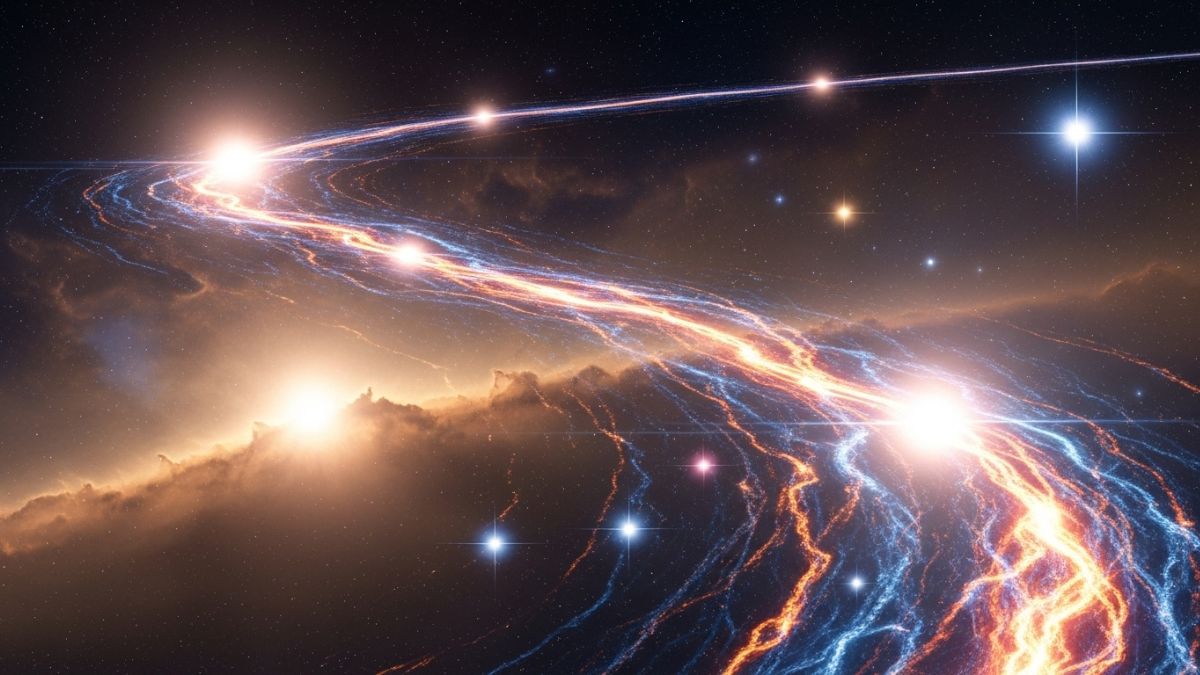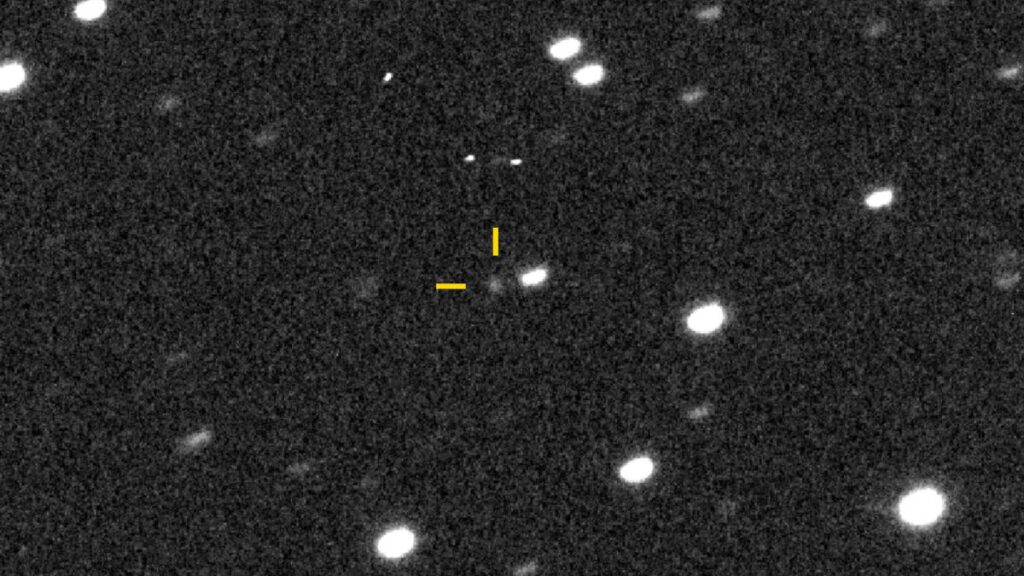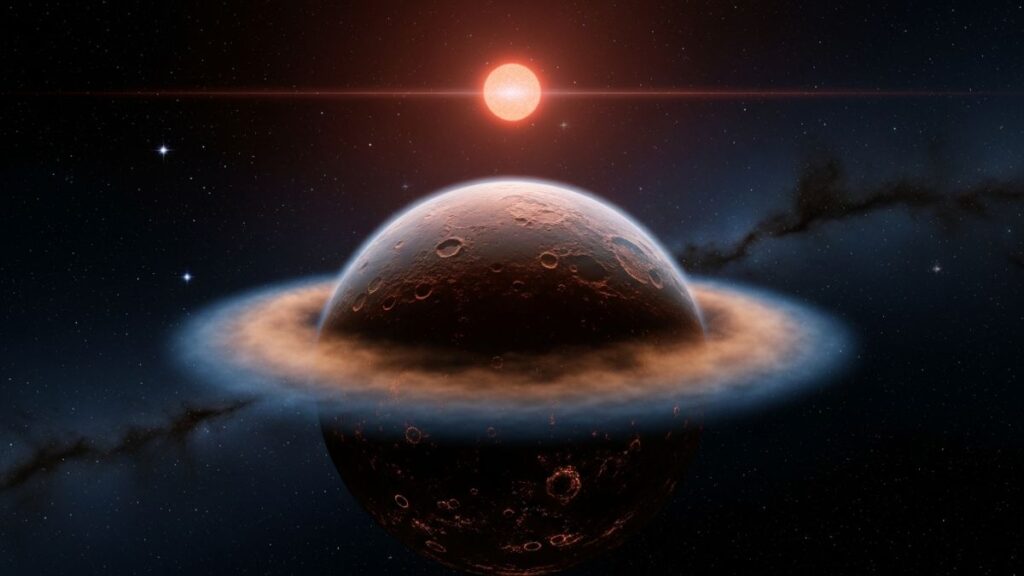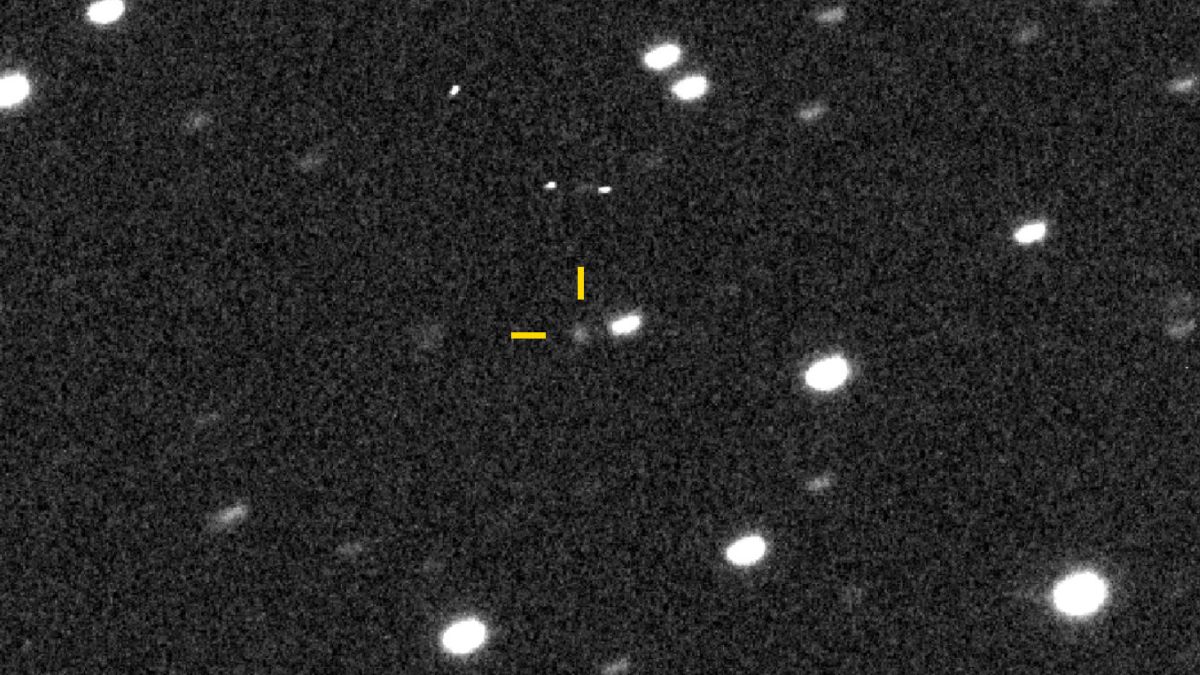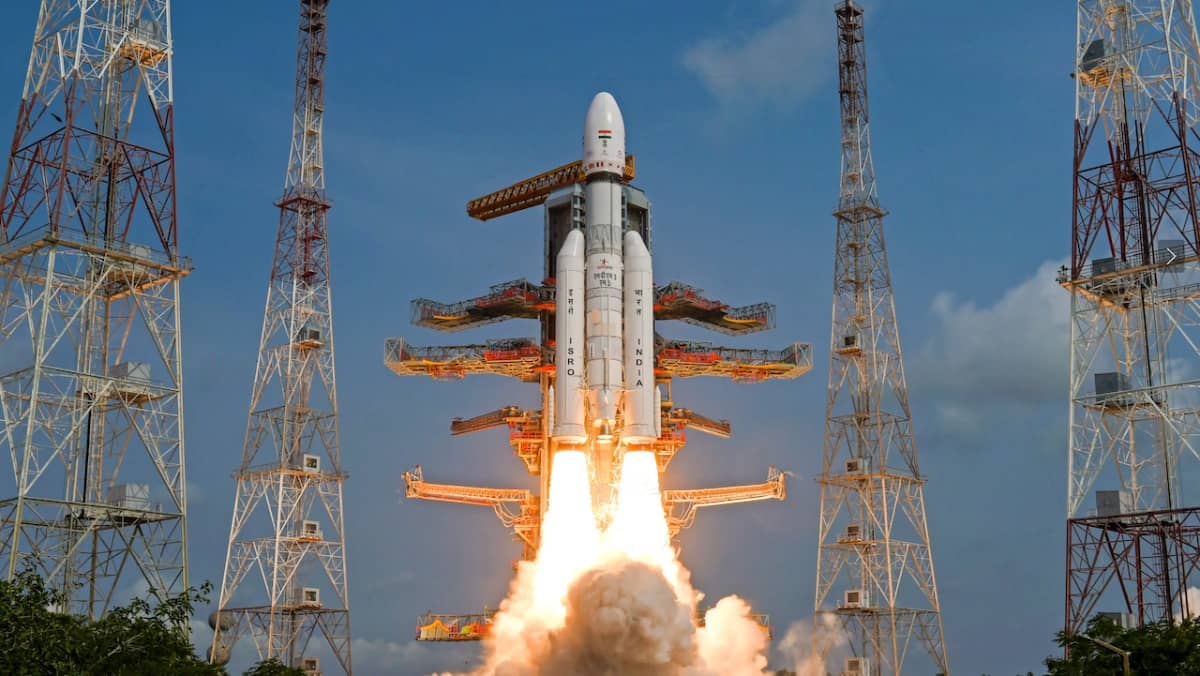Astronomers in Germany have discovered an “interstellar tunnel” connecting the solar system to stars in the Centaurus constellation and possibly Canis Major.
The tunnel, a channel of hot, low-density plasma, lies within the Local Hot Bubble—a 300-light-year-wide region of gas surrounding the solar system, formed by supernova explosions millions of years ago.
The discovery was made by researchers at the Max Planck Institute for Extraterrestrial Physics using data from the eRosita X-ray telescope, launched in 2019.
Their three-dimensional map of the Local Hot Bubble revealed the tunnel’s structure and temperature variations, with the northern part reaching 1.5 million degrees Celsius, while the southern part is slightly cooler.
Spanning hundreds of light-years, the tunnel may be part of a larger network of cosmic pathways shaped by ancient stellar explosions. Scientists say these tunnels could influence cosmic ray paths, star formation, and the solar system’s exposure to radiation.
Lead researcher Dr. Michael Freyberg described the structure as a “highway of plasma” that could guide future studies of galactic magnetic fields.
The team plans to use upcoming X-ray missions, including the Athena telescope set for launch in 2035, to map more tunnels and explore their role in the Milky Way’s evolution.
The discovery has been widely praised in the scientific community. Professor Elena Amato from the University of Florence said: “This changes how we view our cosmic neighborhood.” Public interest has also grown, with social media users describing the finding as “a sci-fi plot come to life.”
The findings were published on 10 August 2025 in the journal Astronomy & Astrophysics.

